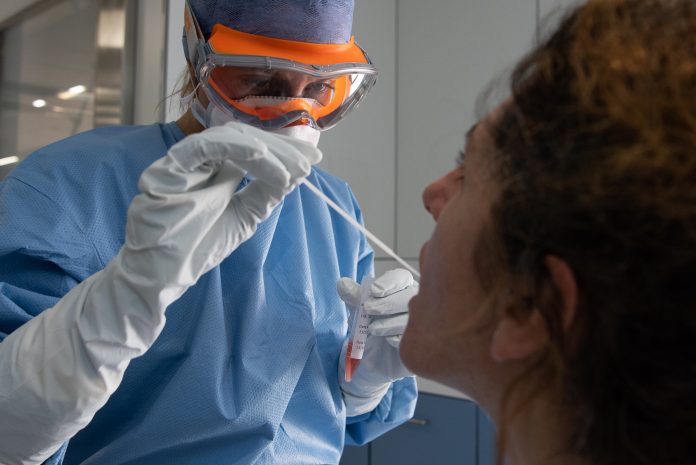On Thursday, the Employment Committee will vote on which risk group SARS-CoV-2 should be classified in to protect the health and safety of workers.
Several political groups in the Employment and Social Affairs Committee (EMPL) oppose the European Commission’s decision to classify SARS-CoV-2, the novel coronavirus that causes COVID-19, as a level-3 hazard, the second most dangerous category of biological agents, arguing that it provides insufficient protection to workers. They tabled an objection to the Commission’s decision insisting that SARS-CoV-2 should be classified in the highest risk group 4.
EMPL will vote on the objection on Thursday.
During an exchange of views on 20 May with the European Commission on the proposal to update the Biological Agents Directive to include SARS-CoV-2, EMPL MEPs stressed that all workers should be protected from SARS-CoV-2 and that classification in a particular risk group should be based on scientific criteria, not on practical considerations.
The European Commission gave its green light, on Wednesday 3 June, to classify SARS-CoV-2 as a category 3 biological agent. Parliament has the right to veto this measure, within one month after the Commission has adopted it.
Classification in risk group 3 means that the biological agent “can cause severe human disease and present a serious hazard to workers; it may present a risk of spreading to the community, but there is usually effective prophylaxis or treatment available”. The SARS and MERS viruses are examples of risk group 3 viruses.
A risk group 4 biological agent causes severe human disease and is a serious hazard to workers; it may present a high risk of spreading to the community; there is usually no effective prophylaxis or treatment available. Ebola is in risk group 4.

